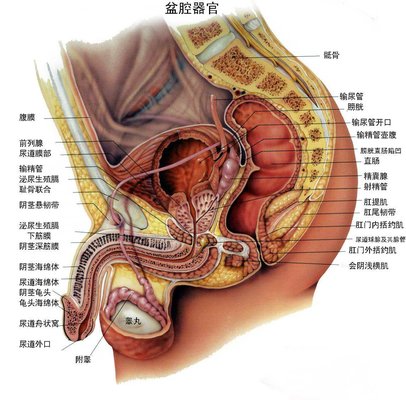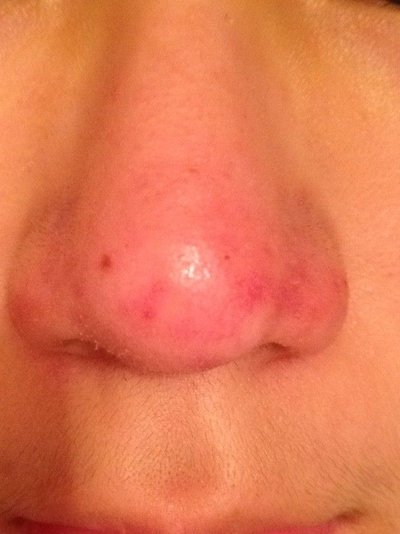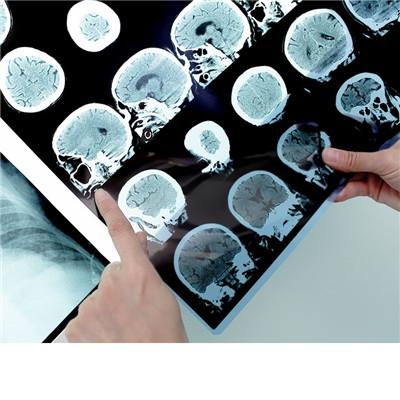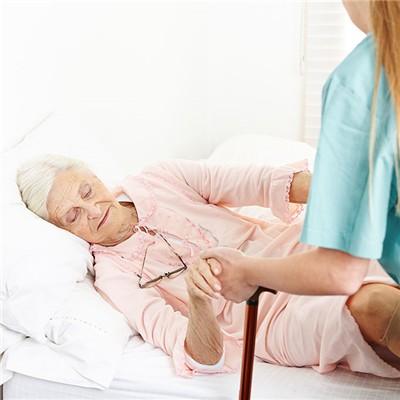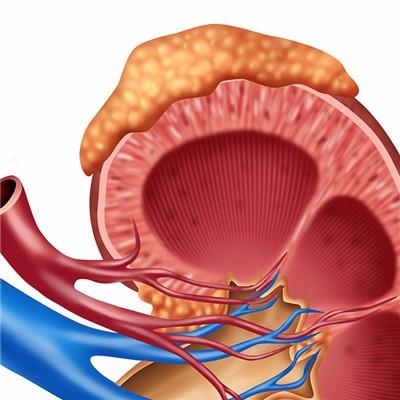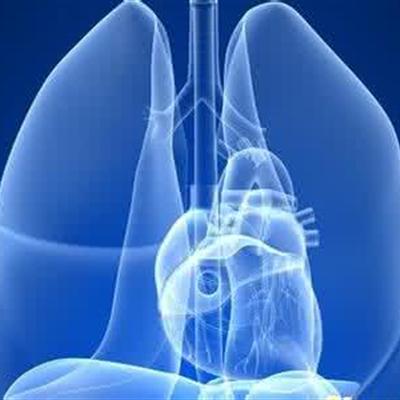Symptoms of adult T-cell leukemia
summary
Adult T-cell leukemia is a special type of malignant clonal proliferative disease of lymphoid system, which is directly related to human T-cell leukemia virus - Ⅰ (HTLV - Ⅰ) infection and occurs in adults. This disease was first proposed by Japanese scholar Gao Yueqing in 1976. Its clinical features are enlargement of liver, spleen, lymph nodes, skin infiltration, interstitial lung infiltration and hypercalcemia. After the discovery of the disease in southwest Japan, the United States, the Caribbean and other countries have reported the existence of the disease. Symptoms of adult T-cell leukemia
Symptoms of adult T-cell leukemia
1. Acute type: the median age of patients was 40 years old. Typical performance is: the onset is very urgent, mainly rapid progress of skin damage, hypercalcemia, or both. There are many kinds of skin lesions, such as scattered tumors, fused nodules, plaques, papules, non-specific erythema and so on. Patients with hypercalcemia often show fatigue, apathy, insanity, polyuria and thirst.
2. Chronic type: may have lymph node enlargement, hepatosplenomegaly, skin and lung infiltration, no hypercalcemia, no central nervous system, bone, gastrointestinal tract infiltration, no ascites and pleural effusion.
3. Smoking type: characterized by skin damage, it can be manifested as erythema, papules and nodules. There may be pulmonary infiltration. In general, there was no hypercalcemia, lymph node enlargement, hepatosplenomegaly and bone marrow infiltration were mild; There was no central nervous system infiltration.
matters needing attention
1. Carry out health education on prevention and treatment of sexually transmitted diseases. 2. Promote safe sexual behavior and actively promote the use of condoms. 3. To prevent mother to child transmission of HTLV-1 and avoid mother to child feeding, so as to reduce infant infection. 4. When using blood, blood or blood products, strict testing must be carried out to avoid unnecessary injection, blood transfusion and use of blood products.
